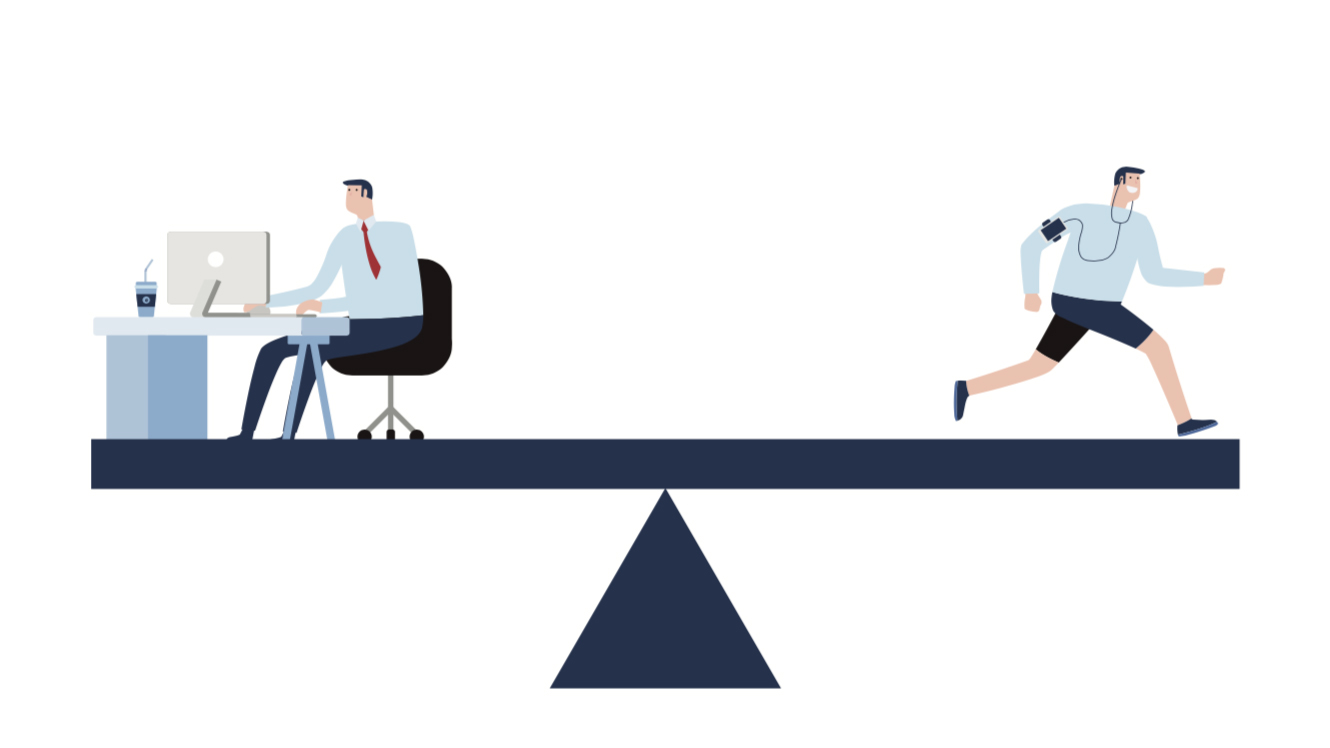Written by: Nia Lloyd
Most people experience their lives as chapters. Each chapter has a different set of priorities, based on lifestyle and goals. Certainly, my career has gone through chapters and they’ve reflected my personal life at the time—my priorities look different now from when I was in my 20s.
In this article we reflect on what priorities may look like — they will change depending on your lifestyle and your stage in life — and I’ll share some insights on how you can go about achieving the work-life balance that suits you.
After graduating from university, I wanted to travel and work, making hospitality the perfect niche for me because I was willing to work long hours, 6 days a week to progress to a management role in my mid-20s.
As a restaurant manager, I was exposed to many HR facets — It was where I discovered and fell in love with recruitment. I was able to take roles where I needed to travel and work longer hours as my career was my focus, and I did not have as many other responsibilities.
I was living in Bahrain and then Dubai before moving to Australia in my late 20s. I noticed a change in workplace culture in Australia. It is very much about working hard but also having a fulfilled life outside of work.
In my 30s, my priorities changed again with the birth of my beautiful boy. I think that was the biggest change as work became a much lower priority and my family was at the forefront.
I never worried about returning to work, but new concerns came to the forefront when it came to choosing an organisation to work for—Do they have flexible working hours? How long is the commute? Would extra work be needed outside of standard hours?
The point is, everyone has a different idea of what work-life balance looks like for them as every human experience is unique and the stages in your life will dictate these changes.
Changes in priorities
In order to establish what your work-life balance will look like for you, you need to get your priorities in order.
Consider your current lifestyle and what you’d like to have more of and what you can do without.
- What hours are you willing to work?
- Are able to travel for work?
- Can you work remotely?
- Do you need health benefits from your employer?
- What is your 1-year plan, 5-year plan, and 10-year plan?
- How will your work affect your current relationships?
When I was in my 20s, I was very career focused—I had no other real responsibilities other than to look after myself and build my career.
While I am still passionate about my career, my life priorities have shifted after starting a family. I needed an employer who wasn’t going to drain my energy so that I am able to also be a mother, a partner, and a friend.
What does work/life balance look like?
As we’ve established, your work-life balance is going to look unique to you, while still being realistic about the job opportunities available.
Flexible work is becoming the standard in most organisations as creative working arrangements are proving effective for both employers and employees.
According to a recent survey by Hays, 89% of employers said flexible working options were “very important” or “important” for staff attraction and retention. It can also reduce overhead staffing costs plus it’s more environmentally friendly.
For employers, flexibility widens the talent pool and according to the Global Workplace Analytics, over half of participants stated they would like the option to work from home, and 36% of them would prefer this over a pay raise.
Steps to obtain work/life balance
Here are some of the stepping stones you’ll need to achieve work-life balance (whatever that may look like to you).
- Prioritise in order to set your goals. Define the top 3 important aspects of your life and how your current goals reflect your priorities.
- Have supportive people in your life. If you’re lucky, you’ll have supportive people in your life who understand your priorities. This can be anyone from empathetic managers to partners who step up to take on half the household responsibilities.
- Communication. In order for flexible work to be successful for both you and your employer, you will need to establish boundaries. Learn to communicate your work and the support you need effectively.
- You need to be organised. Be honest — are you capable of creating a productive work structure away from the office? If not, ask for support and advice from your family and professional network or re-evaluate your requirements.
How to bring up your work-life balance expectations in an interview:
Things to communicate in an interview:
- Be clear about expectations outside of working hours
- Are there any extra activities you may need to participate in?
- Explain your own personal situation as employers cannot legally ask this. It helps when you’re open and upfront with them so you can set and manage expectations.
- If you are a manager, you can ask how your interviewee spends their weekends/free time to get a better sense of what a work-life balance might look like for them.
Consider the areas in your life you would like to spend more time on and what you could do without to prioritise your time effectively at both home and work.
Employers see value in upfront communication and honesty. It’s best to consider what work-life balance means to you and make it known to your employer.





